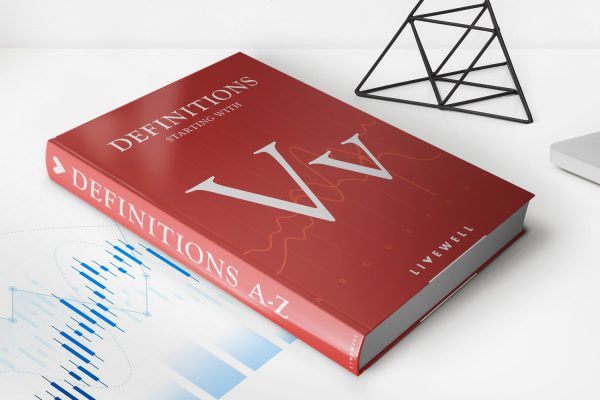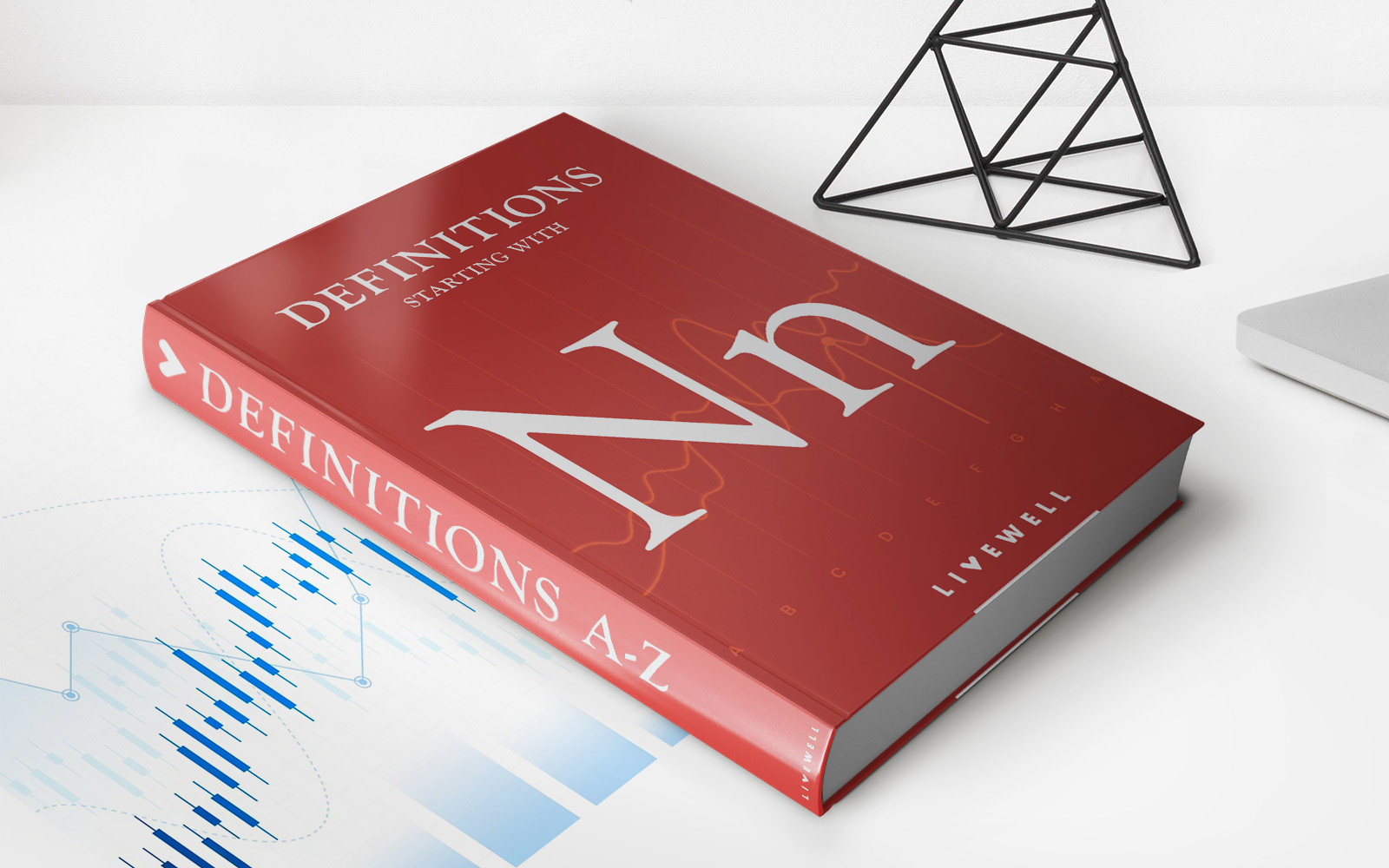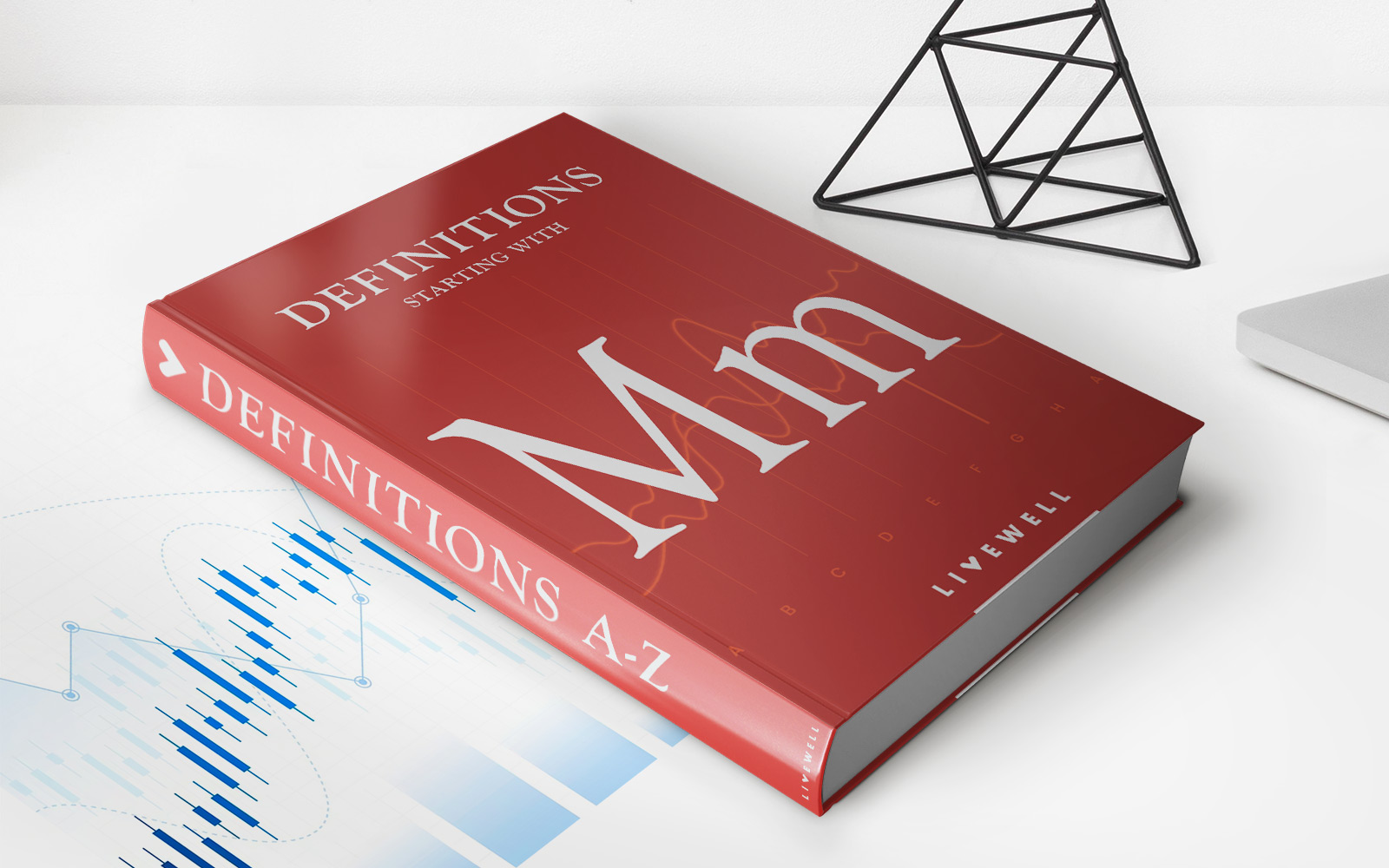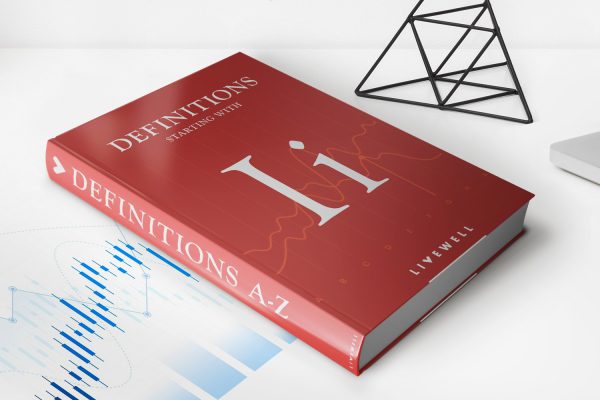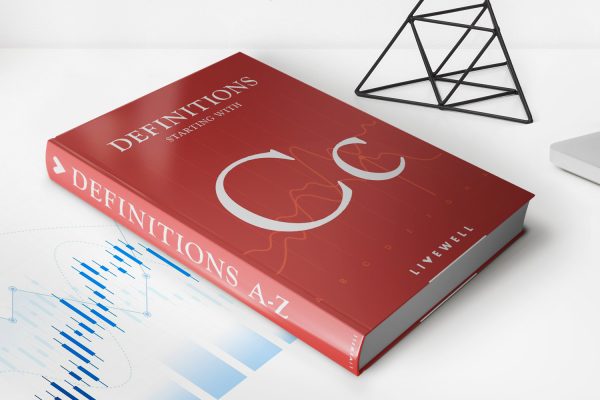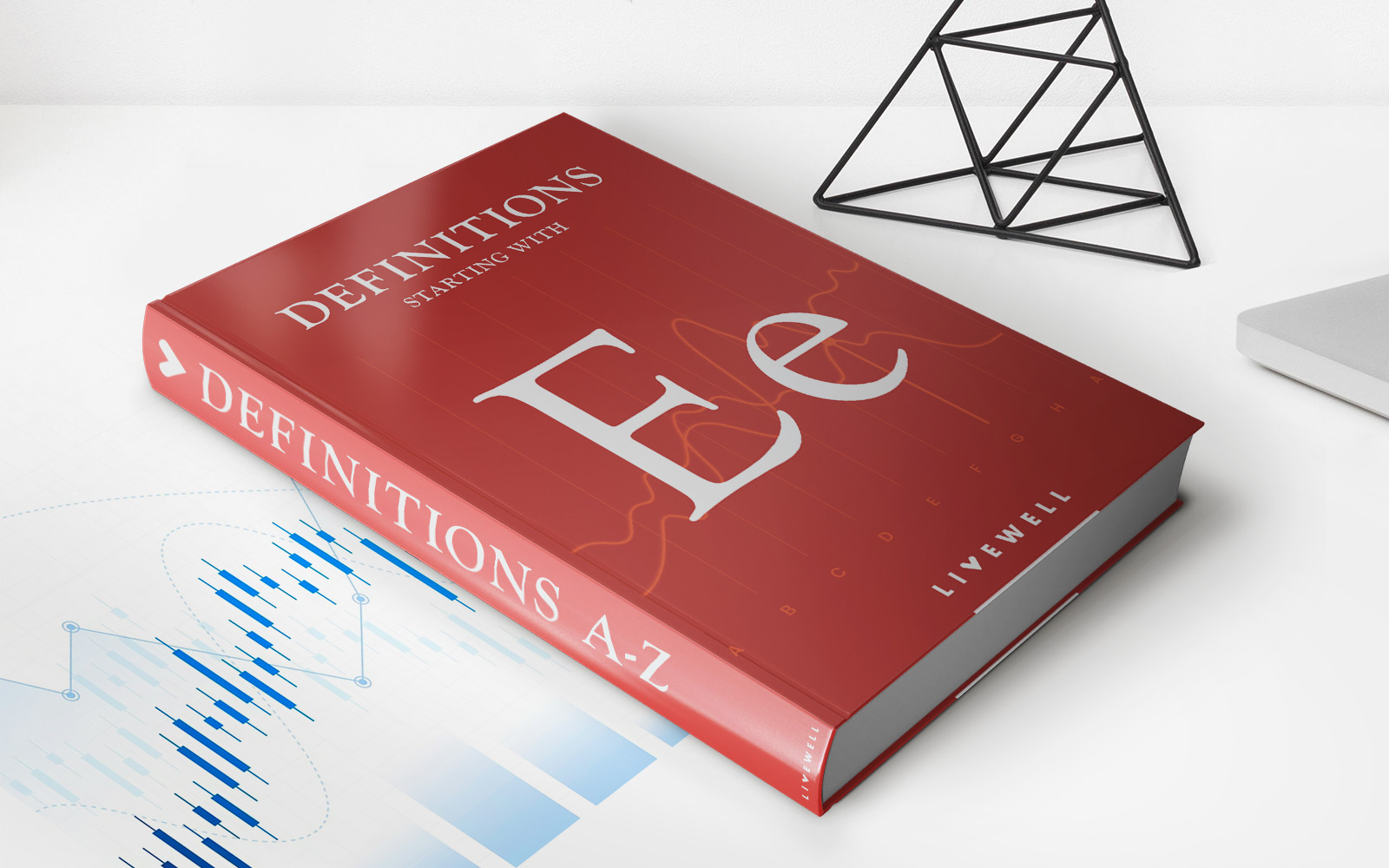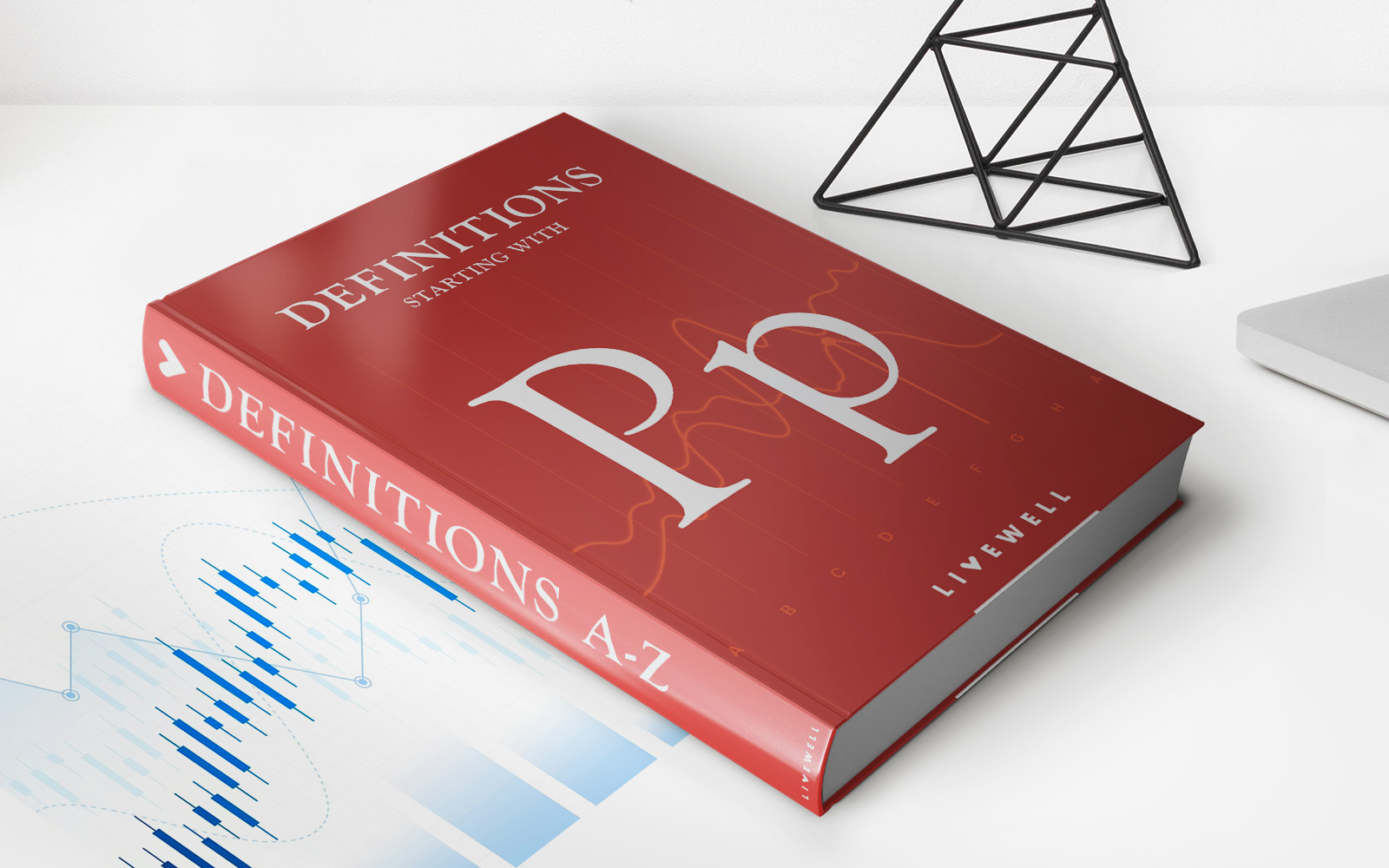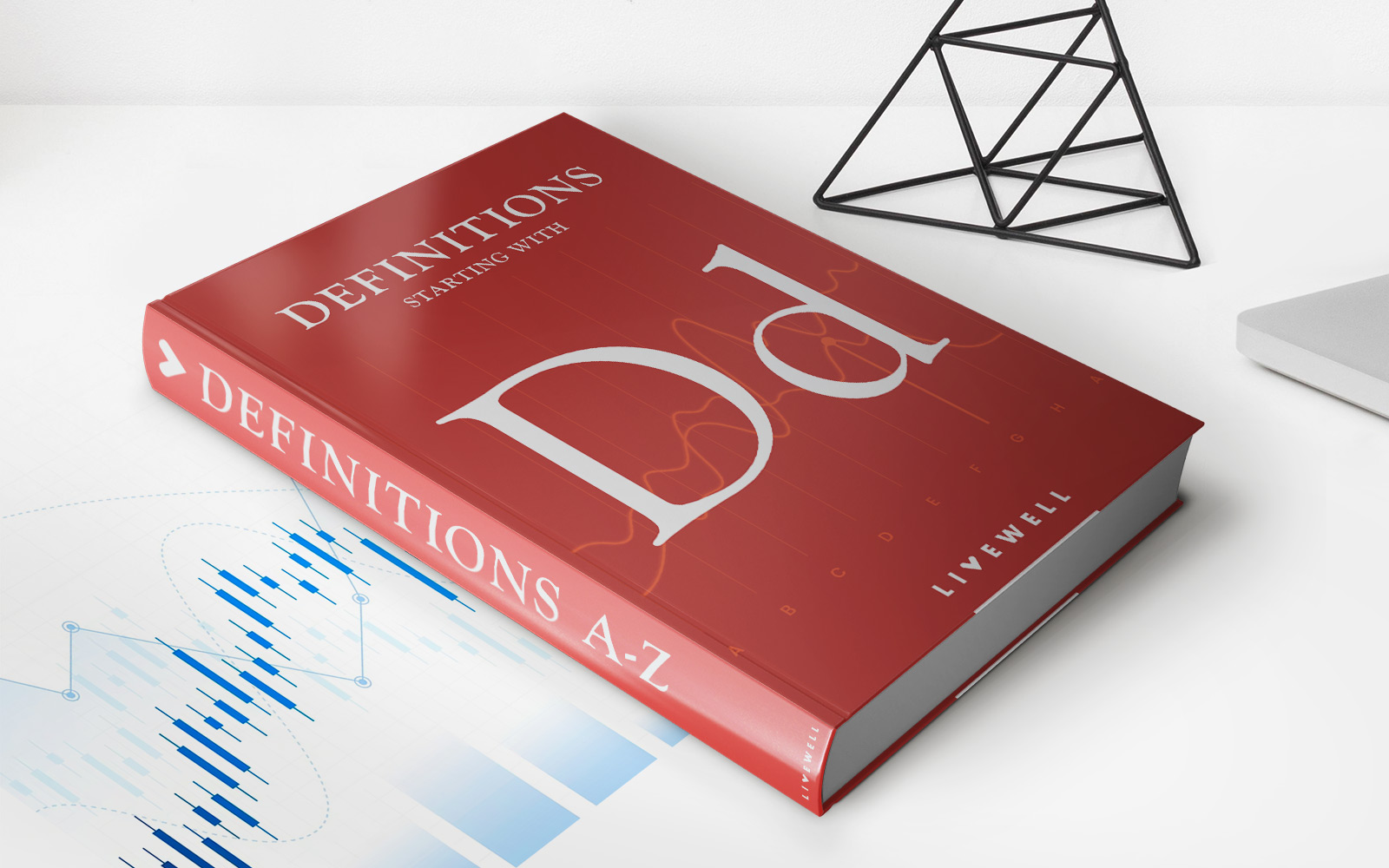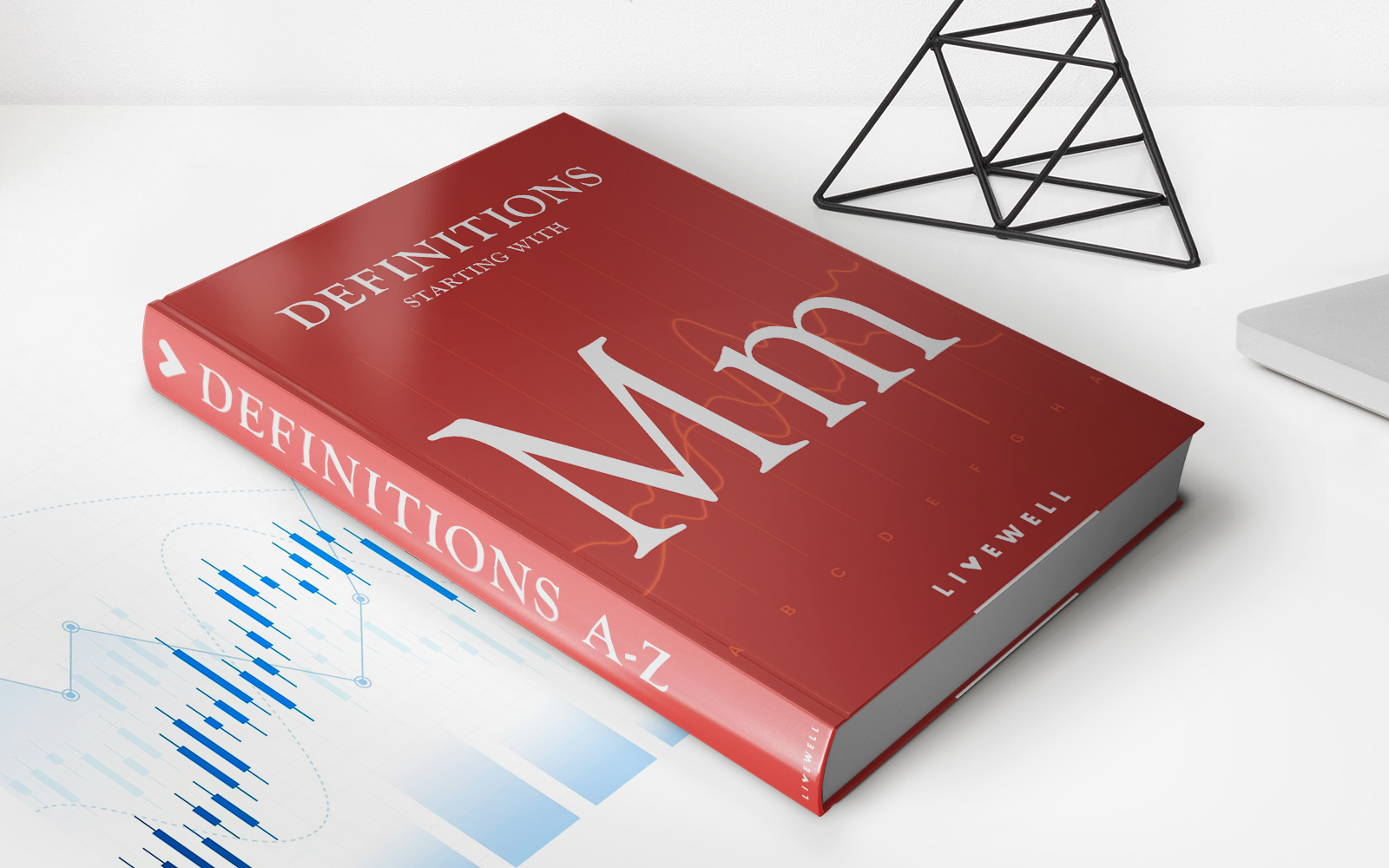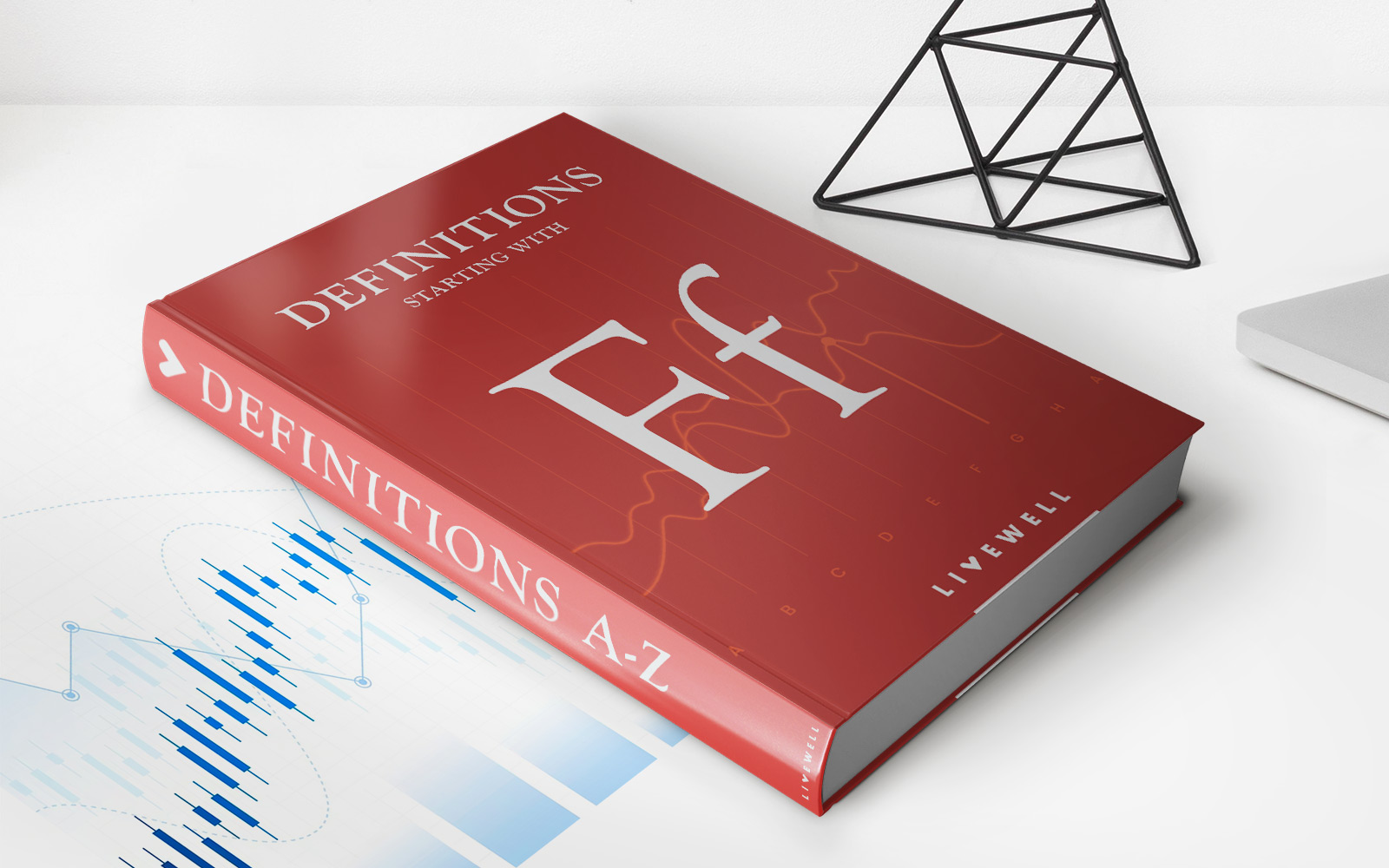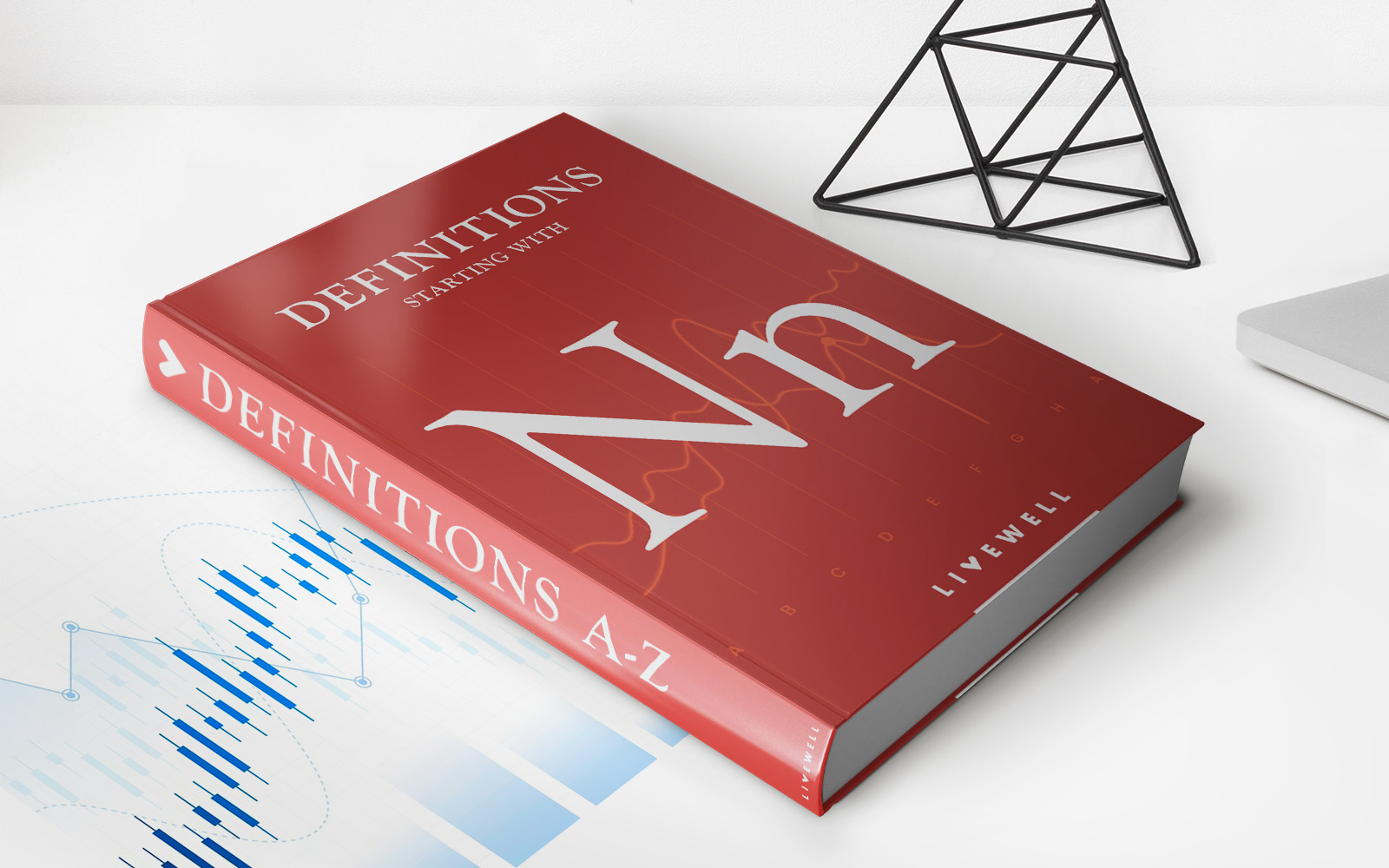Home>Finance>Marginal Utilities: Definition, Types, Examples, And History
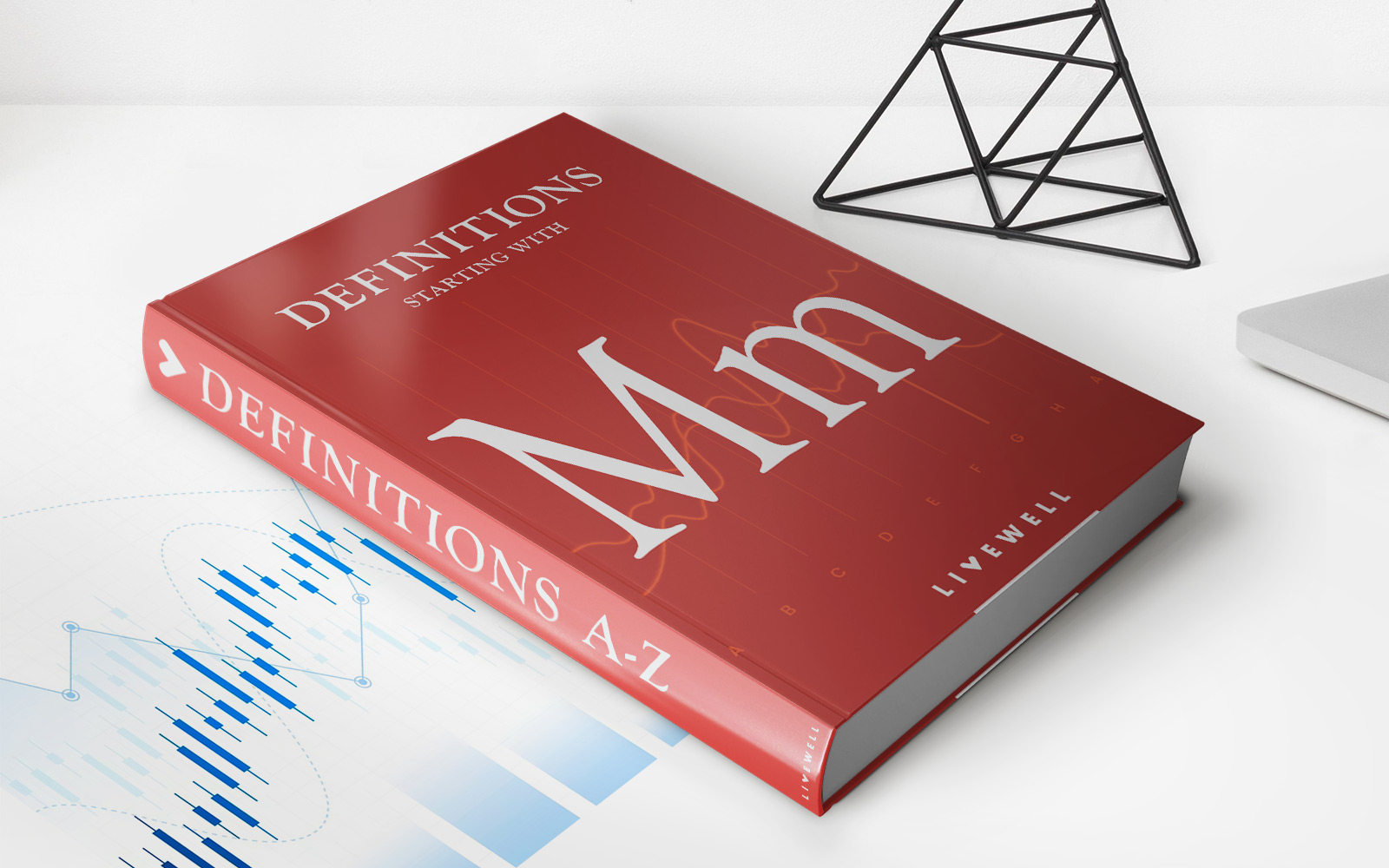

Finance
Marginal Utilities: Definition, Types, Examples, And History
Published: December 22, 2023
Learn about marginal utilities in finance, including its definition, types, examples, and a brief history. Gain valuable insights into this important concept.
(Many of the links in this article redirect to a specific reviewed product. Your purchase of these products through affiliate links helps to generate commission for LiveWell, at no extra cost. Learn more)
Marginal Utilities: Definition, Types, Examples, and History
Welcome to our “FINANCE” blog category, where we delve into the fascinating world of economics and its various concepts. Today, we explore the concept of marginal utilities – a key concept in understanding consumer preferences and decision making. In this blog post, we will provide a clear definition of marginal utilities, discuss different types, provide examples, and even take a trip back in history to explore its origins. So, let’s dive in!
Key Takeaways:
- Marginal utilities measure the additional satisfaction or benefit derived from consuming one more unit of a good or service.
- Understanding marginal utilities can help individuals make informed decisions about resource allocation.
Definition of Marginal Utilities
Marginal utility refers to the incremental satisfaction or benefit gained from consuming or using one additional unit of a particular good or service. It is an essential concept in economics, as it helps explain how individuals make rational choices based on their preferences and constraints. In simpler terms, it measures the gain in satisfaction or utility from obtaining or consuming an extra unit of something.
Types of Marginal Utilities
There are generally two types of marginal utilities to consider: positive and negative marginal utilities. Let’s take a closer look at each.
1. Positive Marginal Utility: When the consumption of an additional unit of a good or service increases overall satisfaction, it is said to have a positive marginal utility. Think of a scenario where you are eating your favorite dessert. The first bite brings immense pleasure, the second bite is still enjoyable, but with each additional bite, your satisfaction gradually diminishes. This diminishing marginal utility is a fundamental concept underlying positive marginal utility.
2. Negative Marginal Utility: Conversely, negative marginal utility occurs when an additional unit of a good or service diminishes overall satisfaction. For instance, imagine you are thirsty and decide to have a glass of water. The first glass quenches your thirst, but as you continue drinking more glasses, your satisfaction decreases, possibly leading to discomfort. This illustrates the concept of diminishing marginal utility, resulting in negative marginal utility.
Examples of Marginal Utilities
To further understand the concept of marginal utilities, let’s consider a couple of examples:
- Imagine you are at a pizza buffet, and you’ve already had three slices of pizza. The first slice likely brought immense satisfaction, followed by slightly diminishing satisfaction with each subsequent slice. This diminishing marginal utility indicates that the fourth slice will likely satisfy you less than the first, and so on.
- Another example is purchasing a new smartphone. If you already own a functioning smartphone, the utility derived from buying a second device may be significantly lower. The additional features may not provide the same level of satisfaction as it did with your first smartphone purchase.
The History of Marginal Utilities
The concept of marginal utilities traces its roots back to the late 19th century when economists such as Carl Menger, William Stanley Jevons, and Leon Walras independently developed the concept as part of their contributions to the Marginalist Revolution.
This revolution marked a shift in economic thinking, moving away from classical economics and focusing on individual decision-making, preferences, and the marginal analysis of economic choices. The concept of marginal utilities became an integral part of this new economic paradigm and continues to be widely used in economic theory and analysis today.
In Conclusion
Understanding the concept of marginal utilities is crucial in comprehending consumer behavior and decision making. By considering the incremental satisfaction gained from consuming additional units of a good or service, individuals can make more informed choices about resource allocation. Whether it’s determining the optimal quantity of pizza slices at a buffet or considering the value of additional purchases, the concept of marginal utilities plays a significant role in our daily economic decisions.
We hope this blog post has shed light on the definition, types, examples, and history of marginal utilities. Stay tuned for more interesting finance topics in our “FINANCE” category. Feel free to leave any questions or suggestions in the comments section below – we love hearing your thoughts!
